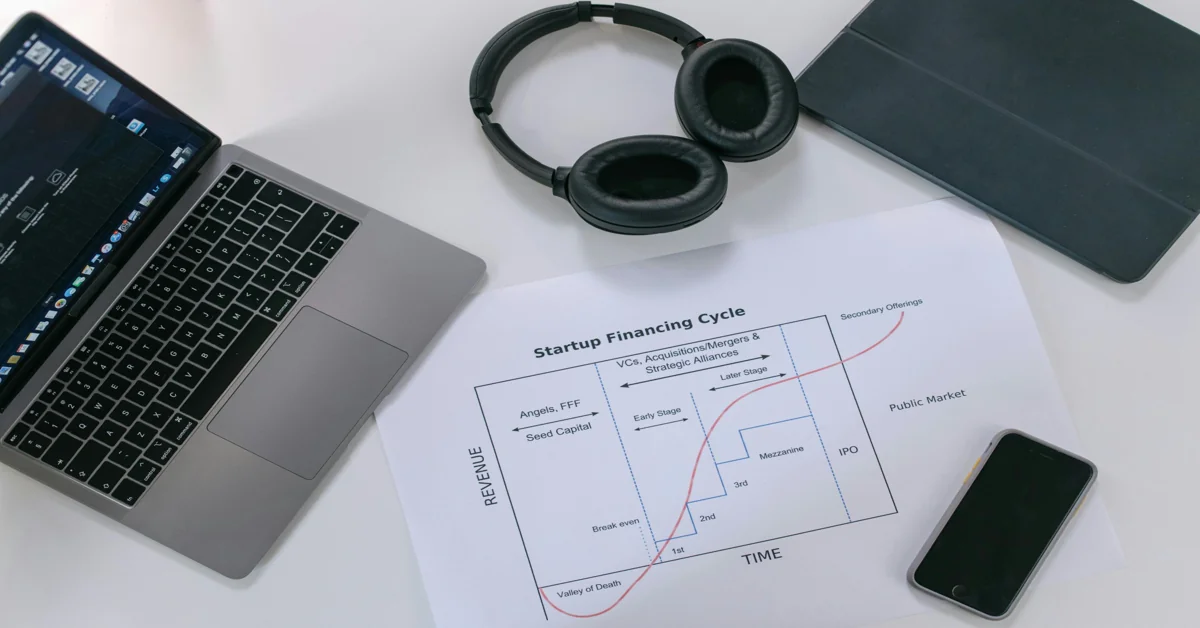Instructional design is an approach to the realization of effective learning. In this approach, instructional designers should have profound knowledge of learners’ needs and particular educational program goals. Probably the most significant step in this direction is to conduct a gap analysis, which allows the identification of discrepancies between current knowledge or skill levels and the results one would like to receive. Through effective gap analysis techniques, designers can formulate targeted interventions that improve learning and raise standards for educational achievements.
Gap Analysis
Gap analysis is an orderly process of ascertaining the discrepancy between the current state of knowledge or skills of the learners and the state desired by learning objectives. It considers reviewing the curricula in place, assessment of learners and performance indicators to identify what needs attention. The gap analysis results are used to plan specific instructional strategies, which will make the educational programs pertinent and effective.
Scope Analysis
While gap analysis identifies learning gaps, scope analysis defines the boundaries of the instructional design project. It answers questions like what is included and excluded within the scope of the work, what the objectives of the projects are and the deliverables, timelines and resources required to achieve these objectives. Conducting thorough scope and gap analysis for your instructional design projects is essential to ensure that learning objectives are met and any existing discrepancies in knowledge or skills are effectively addressed. Partnering with an experienced service provider becomes key when instructional designers seek to conduct extensive gap and scope analyses. These organizations provide professional support in the field of instructional design. With several Gap Analyses conducted for clients, they provide customized solutions to suit your particular needs. A team of experts uses industry-leading methods to make sure the learning gaps are identified and dealt with accordingly. By leveraging these organizations’ expertise, you will build impactful learning experiences that drive success and meet the organizational objectives. Given that they commit to quality and innovation, they are indeed the ideal partners for all your instructional designing projects.
Effective scope analysis also precludes scope creep, or project growth beyond the initial mandates, because clear parameters are established. This clarity is crucial to meeting project timelines and budgets while ensuring the developed instructional materials meet the intended learning outcomes.
Methods for Conducting Gap Analysis
A needs assessment serves as the backbone of any effective gap analysis, involving the collection of data through surveys, interviews, and focus groups to determine learners’ current knowledge and skills. According to recent studies, organizations that conduct thorough needs assessments can increase training effectiveness by up to 30%. Understanding what learners already know enables designers to pinpoint existing gaps and prioritize development efforts accordingly.
In addition, reviewing the established learning objectives for a course or program is crucial. By comparing these objectives against current learner performance, designers can identify specific gaps more accurately. This alignment not only highlights areas needing improvement but also ensures that the objectives support broader organizational goals, fostering a more cohesive approach to learning and development.
Performance data analyzed-test scores, project outcomes and learner feedback-offer a better look at how far current instructional strategies are working. This analysis helps in identifying patterns and trends that raise concern and helps to further guide the gap analysis proces
Competency frameworks help to articulate responsibilities and benchmark the knowledge and skills an employee has to do their work. Mapping present competencies of learners against competency frameworks will quickly show designers the gaps that need to be filled through targeted instructions.
Most importantly, engaging subject matter experts and colleagues will facilitate fresh perspectives and insights. Overlooked gaps may be identified with the help of peer reviews, while expert consultations provide an opportunity for guidance on best practice and effective interventions.
This is then followed by ongoing feedback mechanisms that allow the instructional designers to remain sensitive to the changing learner needs and performance over time. It is this kind of iteration in the gap analysis that facilitates ongoing modification, allowing the instructional materials to stay relevant and appropriate.
The Importance of Closing Learning Gaps
Not closing the gaps in learning leads to ineffective instructions; learners are disengaged and poor educational outcomes ensue. On the contrary, this additional time it takes to find and remediate gaps in instructional design results in efficient, effective learning. It strongly contributed to programs’ success at all levels and also benefits not only the learners but everyone around them.
Addressing the learning gaps can also help an organization meet its training objectives and, subsequently, its strategic goals. In this light, effective gap analysis offers a scope for organizations to invest in the skills and knowledge building of their workforce to rise successfully in the competitive environment.
Understanding gap analysis done properly is a major part of the work that instructional designers do to help build meaningful learning experiences. To find and fix the learning gaps, designers may use a variety of techniques that include needs assessments, performance metrics analysis and competency frameworks. These processes, put together with scope analysis, will help ensure that a project is appropriately defined and targeted. With an appropriate approach and expert support, such as that from TimelyText, organizations can refine their educational programs to drive superior learner and organizational outcomes.









